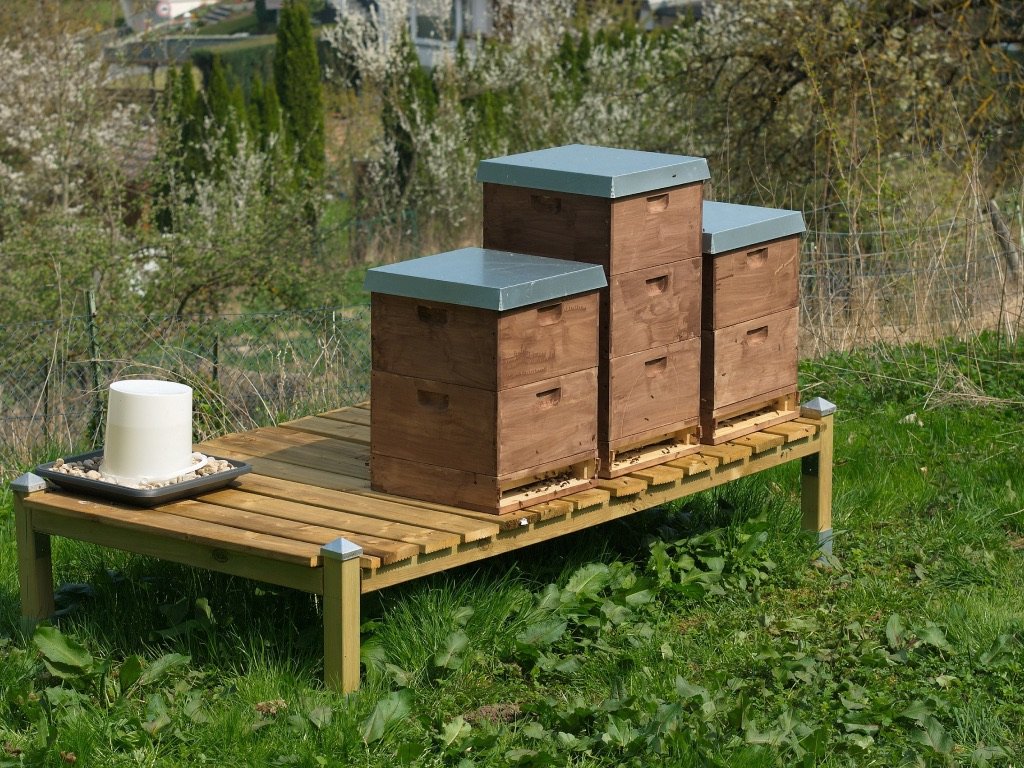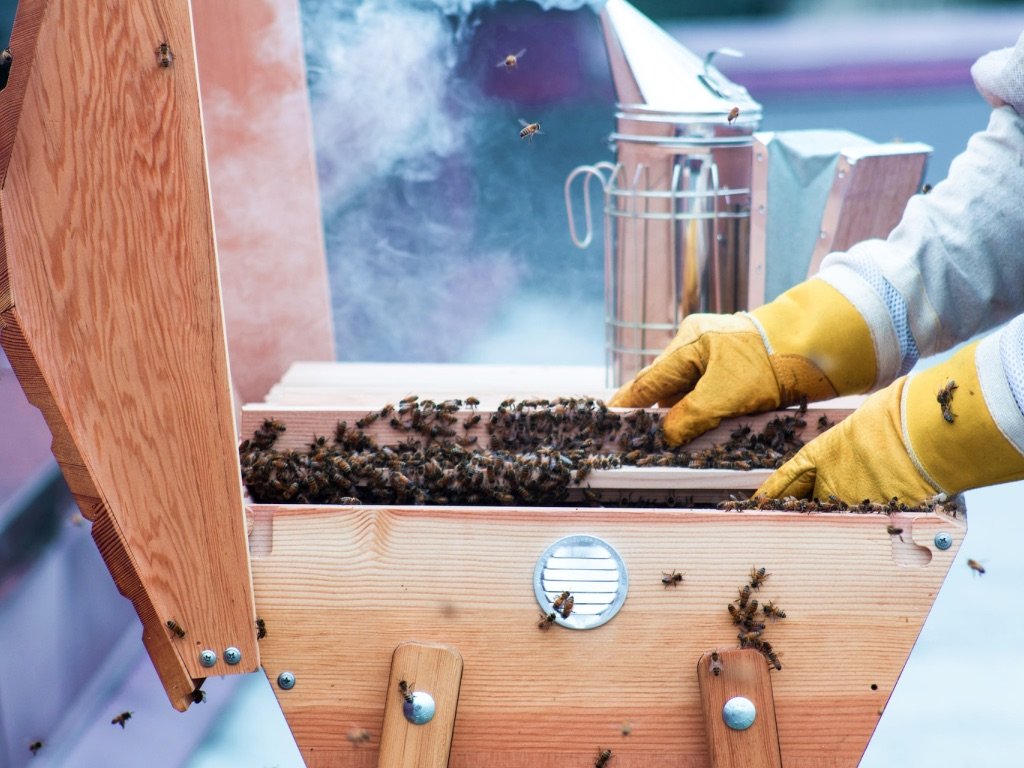The Importance of Choosing the Right Beehive Type
If you're looking to get into beekeeping, the first step you need to take is choosing the right type of beehive. Several different types of beehives are available, each with pros and cons. In this article, we'll break down the different types of beehives so that you can choose the one that's best for you.
Langstroth Beehives
Langstroth Beehives
The Langstroth beehive is the world's most commonly used type of beehive. It is a vertical beehive with several boxes stacked on top of each other. The bees build their comb in the boxes, and the beekeeper can easily access the comb for honey harvesting or inspection without disturbing the bees.
Pros:
Easy to manage
Easy to harvest honey
Widely available
Cons:
More expensive than other types of beehives
It takes up more space
Top Bar Beehives
Top bar hive
Top bar beehives are a horizontal type of beehive that consists of a single long box with bars across the top. The bees build their comb on the bars, and the beekeeper can access the comb by removing them.
Pros:
Less expensive than other types of beehives
It takes up less space
Bees build comb in a more natural shape
Cons:
More difficult to manage
Honey harvesting is more difficult
Not as widely available
Warre Beehives
Warre hive look inside
Warre beehives are a vertical type of beehive similar to the Langstroth beehive. However, the Warre beehive is made from thicker wood and is designed to be more environmentally friendly. The bees build their comb in boxes that are added to the bottom of the beehive, and the beekeeper can access the comb by removing the boxes.
Pros:
Environmentally friendly
Bees build comb in a more natural shape
Easy to manage
Cons:
More expensive than other types of beehives
It takes up more space
Not as widely available
Flow Hive
Flow hives are a type of beehive that allows the beekeeper to harvest honey without disturbing the bees. The beehive has a mechanism that allows the honey to flow out of the comb and into a container.
Pros:
Easy to harvest honey
Bees are not disturbed during honey harvesting
Cons:
More expensive than other types of beehives
Not as widely available
Honey harvesting is limited to one season per year.
Choosing the Right Beehive
When choosing a beehive, there are several factors that you need to consider. The first factor is cost. Langstroth and Warre beehives are more expensive than top bar hives, but they are also easier to manage and harvest honey. Consider a top bar or flow hive if you're on a tight budget.
The second factor is space. A top bar or flow hive may be a better option if you have limited space. Langstroth and Warre beehives take up more space but are also easier to manage.
The third factor is honey harvesting. A Langstroth or Warre beehive may be better if you're looking to harvest a large amount of honey. A flow hive may be the right choice if you're looking for an easy and convenient way to harvest honey.
Another factor is the environment. A Warre beehive may be your best option if you're environmentally conscious. These beehives are made from thicker wood and are designed to have a minimal impact on the environment.
And finally, the naturalness of the comb. Top bar and Warre beehives allow the bees to build their comb in a more natural shape, which can be better for the health of the bees.
In conclusion, choosing the right type of beehive is an important decision for any beekeeper. Consider your budget, space, honey harvesting needs, environmental concerns, and the naturalness of the comb when making your decision. By doing so, you'll be able to choose a beehive that is best suited to your needs and will help you get the most out of your beekeeping experience.



